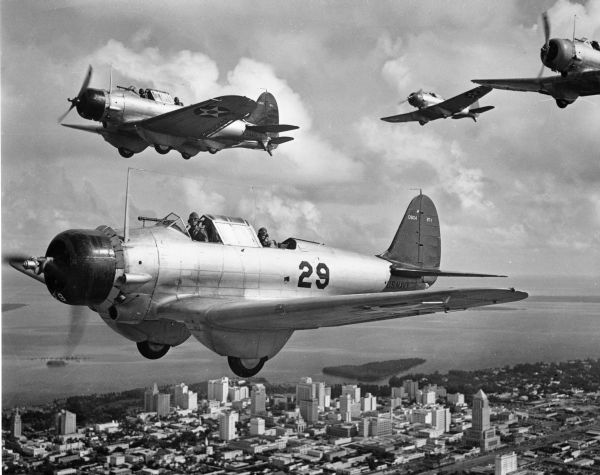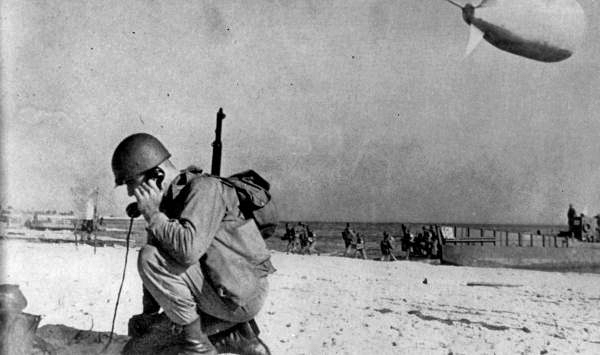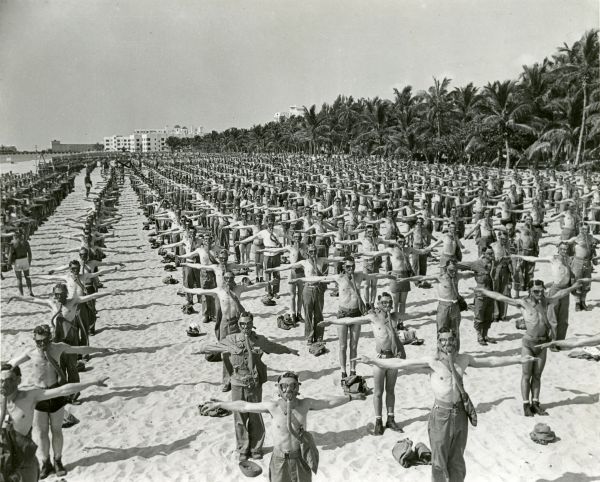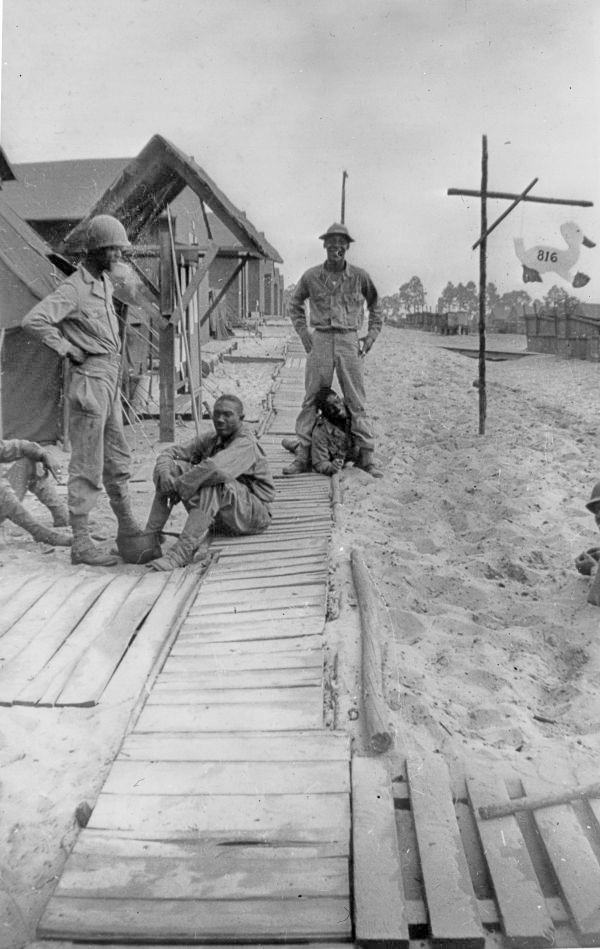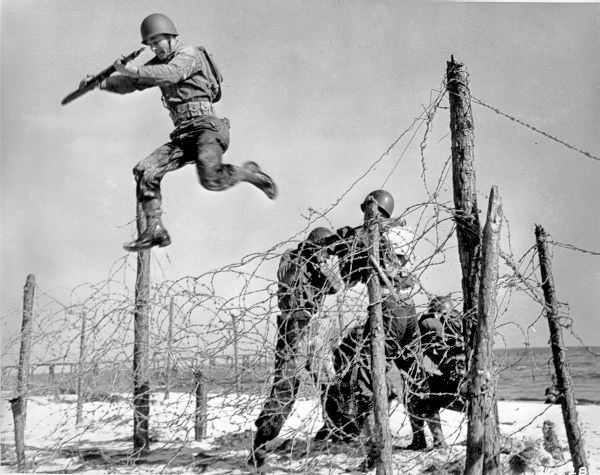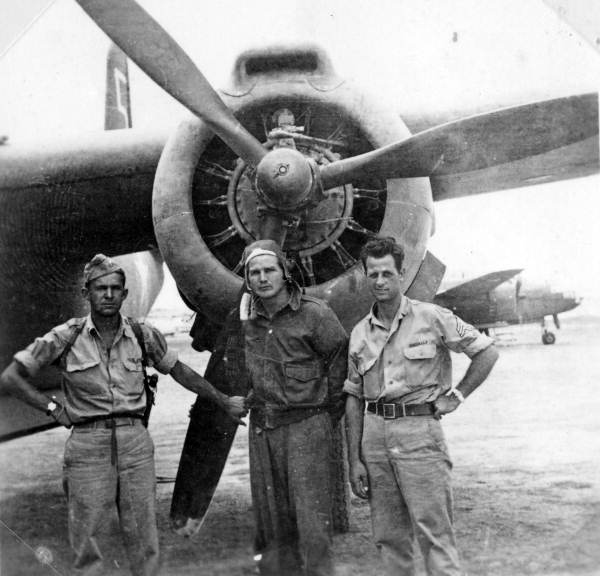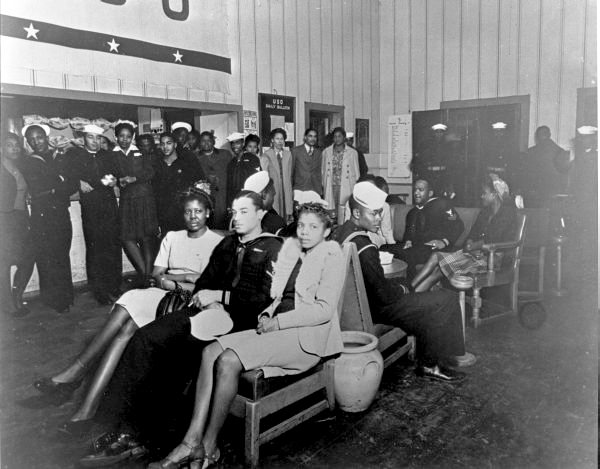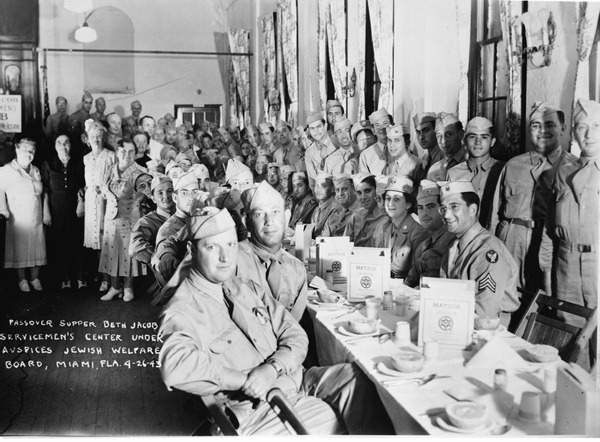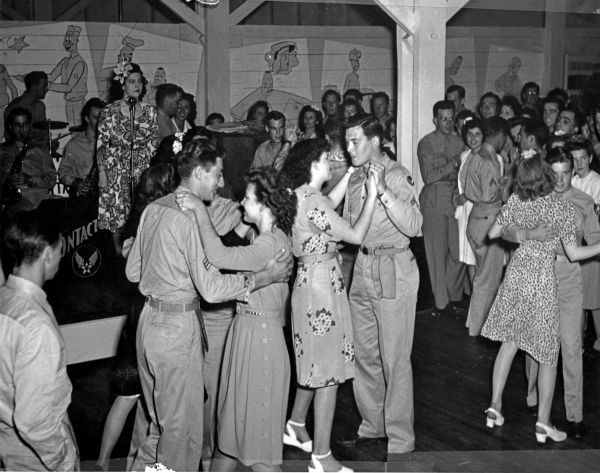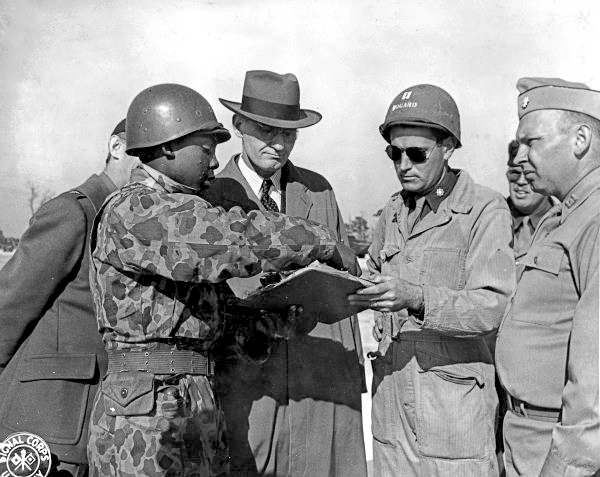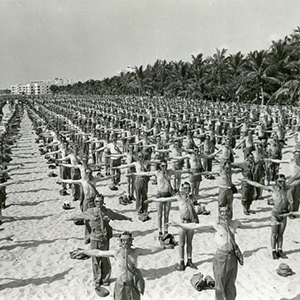
Primary Source Set
Military Training in Florida During WWII
Mild weather and abundant land made Florida one of the primary areas selected for military base construction during World War II. Florida’s beaches and rivers helped prepare troops for amphibious landings and jungle combat. More than 2 million service men and women trained or served at Florida’s military outposts.
Large military bases such as Camp Blanding, near Starke, not only attracted thousands of servicemen and their families, but also brought workers to the state in search of employment. When finished, Camp Blanding was so massive that the personnel housed there comprised the fourth largest city in Florida during World War II at 55,000 inhabitants. Also housed at the base were approximately 4,000 German prisoners of war (POWs).
As the demands of the war increased, African Americans obtained greater access to defense-related jobs and enlisted in the military in substantial numbers. The presence of African American soldiers strained already tense race relations in several Florida communities. African Americans stationed at Camp Gordon Johnston near Carrabelle reported that Nazi POWs received better treatment than black troops.
Many soldiers, sailors, marines and airmen who trained or served in Florida later returned to the state as visitors or new residents and helped fuel the postwar economic boom.
Image credit: Soldiers performing training exercises at Miami Beach during WWII.
Show full overview

 Listen: The Blues Program
Listen: The Blues Program